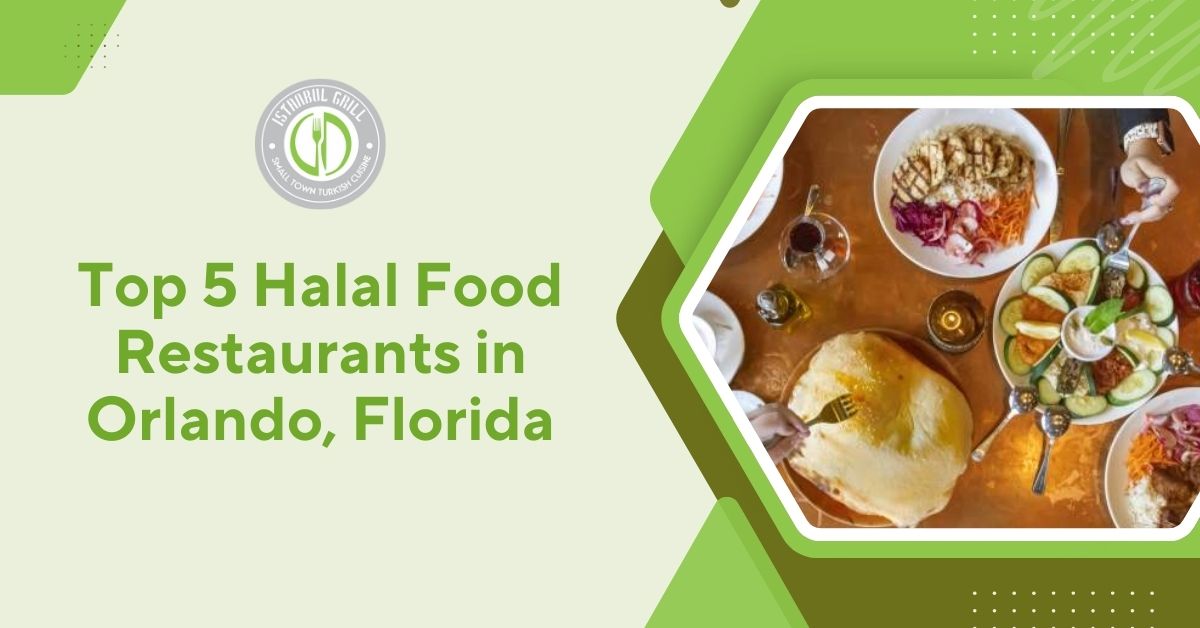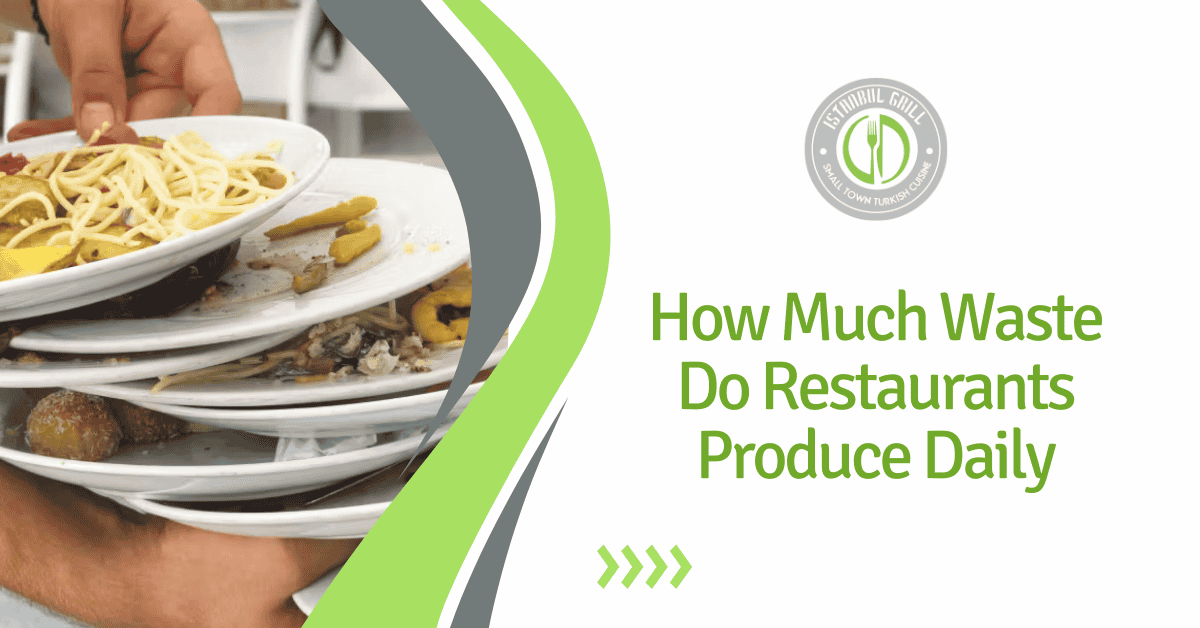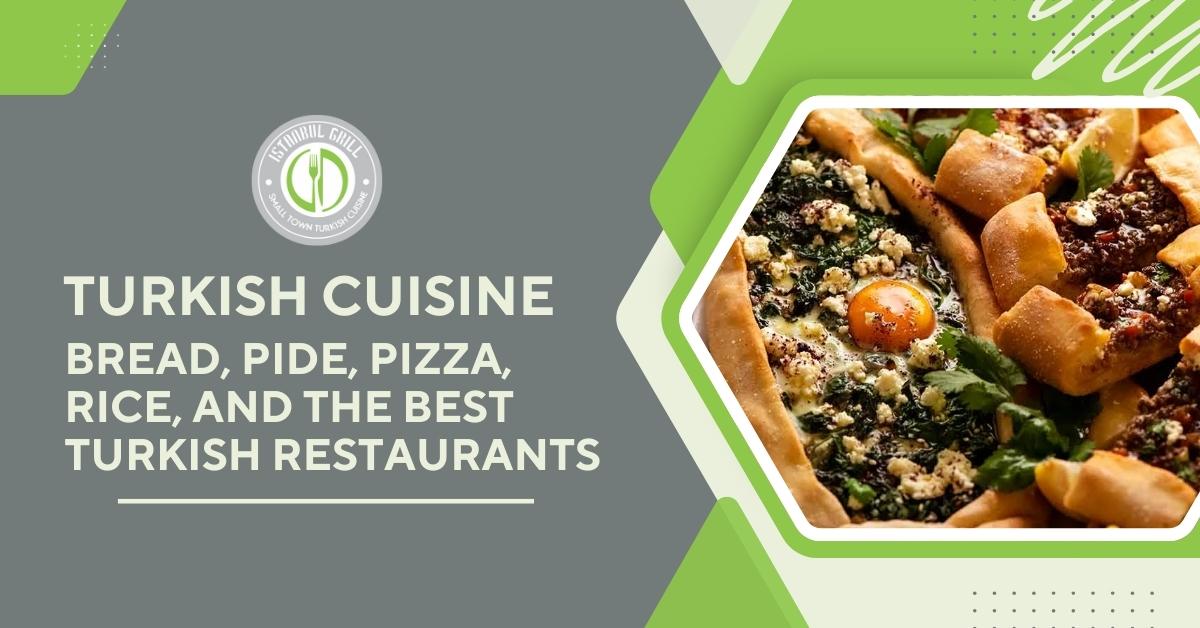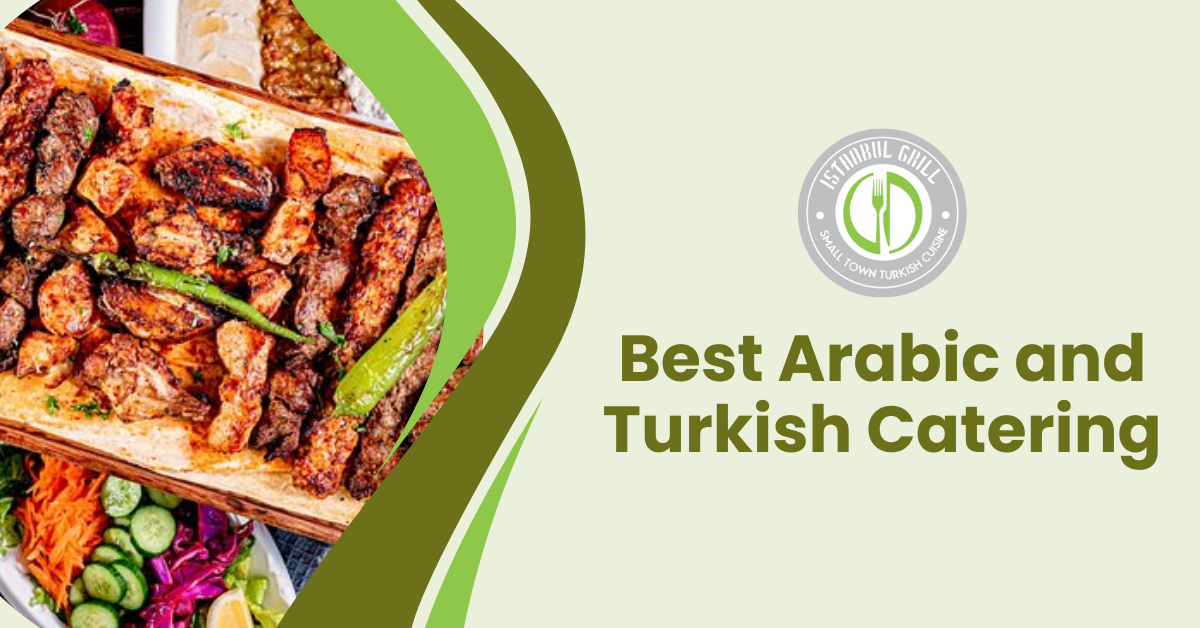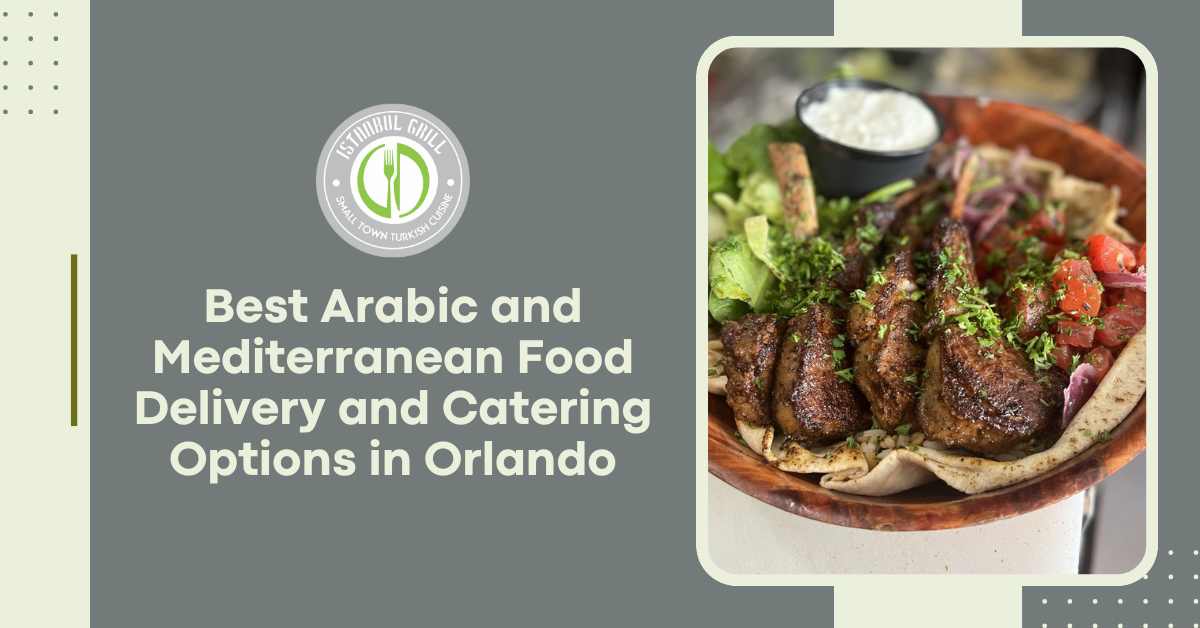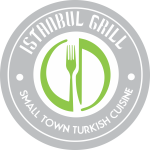Table of Contents
Authentic Flavors
- Introduction
- What Makes Turkish Food Unique?
- Which Dishes Are Must-Try at a Turkish Restaurant?
- How Do Turkish Restaurants Use Spices?
- Why Are Turkish Mezes So Popular?
- FAQs
Introduction
“Unwrap the flavors of Turkey—every bite is a journey through history and spice.”
When a man once tries Turkish cuisine he will always notice a difference – perhaps in the spices, the flavor, or even the consistency. Chefs and home cooks create Turkish cuisine and hospitality as among the few nominations awarded for the most colorful and delicious meals. From one of the most cosmopolitan cities in the world to the rural fishing ports of Turkey, Turkish cuisine indeed represents a geographical, historical, and social odyssey. This is a story on a plate; every Turkish specialty reflects the diverse heritage of Turkey through the highest standards or traditional methods and organic products produced by skilled hands.
No other cuisine can truly bring you flavors of Turkey as you can sit down to tender kebabs, filling lentil soup, and a platter of mezes (small dishes). My Turkish restaurant represents not simply mouth food but a way of life in which love of family and sharing, and reverence for the gifts of the earth are intrinsic.
If you are just about to discover Turkish food, the experience is ahead. When it comes to Turkish food, this guide will reveal what makes it unique, which dishes you don’t want to miss out on, where spice fits into the process, and more on the love for mezes. So, by the end, you’ll be looking forward to the next Turkish meal, and know why Turkish restaurants are so popular all over the world.
What is special about Turkish food?
One can say with conviction that Turkish cuisine differs from other cuisines by the performances’ boldness of taste and the use of natural products from the Turkish territory. Evolved with the Arabic and tenderized the Ottoman Empire, Turkish food contains central Asia, Middle Eastern, Mediterranean, and Balkan effects. This combination of options forms a rich variety of meals which will be rather hard not to satisfy most clients’ preferences.
Undoubtedly this is one of the major characteristics of Turkish cuisine: balance. All sweet, sour, and salty are always in interplay each in a single serving of the delicacies. For example, with lamb, dried fruits of yogurt are combined to present a combination of tastes that can be described as hearty. Grilling, slow cooking, and baking food do not tamper with nutrients and are the best methods that enhance the interrelating flavors of ingredients.
“Spices like cumin and sumac aren’t just ingredients—they’re a tradition in every sprinkle.”
Also, consistency is not a priority in Turkey and Turkish food, as it is more important to prepare simple dishes with quality ingredients than try to turn a simple recipe into an operation involved in culinary matters. Eggplants, tomatoes, and peppers are the stars, and fresh herbs like parsley, mint, and dill complete the picture. Olive oil is used extensively in cooking, particularly in Turkey particularly in the Aegean region where vegetable-based cold dishes are made with olive oils and presented on the meze table. This combination of regularly consumed meats, vegetables, grains, and dairy foods is what makes Turkish cuisine both tasty and rich.
Which Dishes Are Must-Try at a Turkish Restaurant?
In case you get to a Turkish restaurant it is worth giving a particular spot on the plate to the following meals. Turkish food is incredibly diverse, so here are a few recommendations that you shouldn’t miss:
- Kebabs –Turkish kebabs are popular all over the world. Shish kebabs – These are very delicious grilled meats that originate from Adana and are always over grains, which are complemented by grilled vegetables and rice. Try the Iskender Kebab, Bursa’s specialty; Tomato Sauce and melted butter over yogurt & bread.
- Lahmacun – People call Lahmacun “Turkish pizza,” and it features a thin crust topped with spiced minced meat or fish along with tomatoes, onions, and parsley. When squashed up with lettuce and a dash of lemon, it provides a lighter and tastier treat.
- Manti – These resemble Russian ravioli; chefs fill the dumplings with spiced meat and serve them hot with sweetened yogurt and minced garlic mixed with melted butter and red paprika. Diners typically eat them warm, and each little nugget bursts with flavor.
- Baklava – So, dessert should always be baklava. Crumbed pastry with ground nuts of pistachios or walnuts and topped with a sweet syrup, is what defines it today. Usually, it is crispy and soft at the same time, turning into a tasteful melt-in-your-mouth moment.
Every one of them has a history and serves as your introduction to Turkey and its unique flavors. Thus, next time you are in a Turkish restaurant, it will be beneficial to taste these dishes and taste the journey they provide.
How Do Turkish Restaurants Use Spices?
Seasonings remain the soul of Turkish food and drink, mainly adding warmth and flavor to various meals. Middle Eastern chefs, especially Turkish chefs, enrich the spices and bring out the natural tastes of the food ingredients without allowing them to be dominated. Here are some of the most common spices you’ll encounter in a Turkish restaurant and their role in the cuisine:
- Sumac – This dry spice gives food a deep kind of red color and has a tangy taste like lemon, sumac is mostly used on salads and barbeque meats. Bright and allowing for accentuating and combining with other savory foods, sumac has the function of enriching dishes.
- Turkish cuisine uses oregano, and cooks use cumin in kebabs, stews, and soups to give a warm earthy taste.. Generally used alongside garlic and onions, cumin forms a strong base for any typical local preparations.
- Red pepper flakes provide meals with a warm hue and some spiciness; Turkish paprika adds sweetness and enhances the taste and color in foods like red lentil soup and especially in meat dishes.
- Mint – Fresh or dried, mint gives an almost refreshing zest to it that is FITA with the heavy meats and the spices used in cooking most dishes. They use dried mint in the yogurt preparation recipes while they use fresh mint on salads and some mezes.
- Cinnamon and All Spice – Sweet and warm spices that enhance Ottoman recipes on fruits or meats that people have preserved. Cooks also use them in desserts and pastries.
Why Are Turkish Mezes So Popular?
Mezes, or appetizers, are probably one of the most enjoyed culinary traditions in Turkey. People usually eat them before other dishes of the meal, and they are excellent when taken in groups. Mezes typically reflect the Turkish nature of hospitality, as these dishes stimulate conversations during the meal, and people in Turkey value meals taken together.
Even meatloaf mezes differ in taste and components; familiar mezes include hummus, ezme (a spicy tomato spread), dolma, Shayari (garlicky herb-infused yogurt dip), and baba ghanoush (eggplant caviar).The restaurant serves every meze to stimulate your palate before the arrival of the actual Authentic Flavors dish. Accompanied by fresh bread, these meze’s are wonderfully diverse and they all represent the variety of little dishes that Turkish cuisine has to offer.
Of course, mezes’ most appealing feature is that the main ingredients are fresh vegetables, herbs, and olive oil. This particularly served the purpose of checking the different tastes without overpowering guests with heavy meals. Mezes offered in many Turkish restaurants depend on the type of food in Authentic Flavors season, they differ with the food seasonality hence proving new each time. In a similar way that a general moviegoer will not understand all the jokes in an ensemble piece if you are new or even if you are a fan of Turkic foods, trying mezes, is an introduction to the aperitif and you can sample the cuisine of Turkey in a few bites.
“Your culinary journey through Turkey doesn’t end here—it’s just the beginning.”
FAQs
What should I expect at a Turkish restaurant?
Expect a warm, welcoming atmosphere where sharing food is encouraged. Turkish hospitality is at the heart of every dining experience, so anticipate Authentic Flavors generous portions and attentive service.
Do Turkish restaurants offer vegetarian options?
Yes, Turkish cuisine has a wide range of vegetarian dishes, including mezes, vegetable stews, and salads. Many traditional dishes are either plant-based or can be made without meat.
What makes Turkish coffee special?
Turkish coffee is dark and thick and is usually served with sugar. Boiled with sugar in a special small pot – cezve, and served unfiltered it imparts its Authentic Flavors extraordinary taste.
Is Turkish food spicy?
In several ways, Turkish food is not hot, or, at least, very hot food in general. It is rich and tasty with cumin, paprika, and mint used in cooking Authentic Flavors without the food being spicy.

